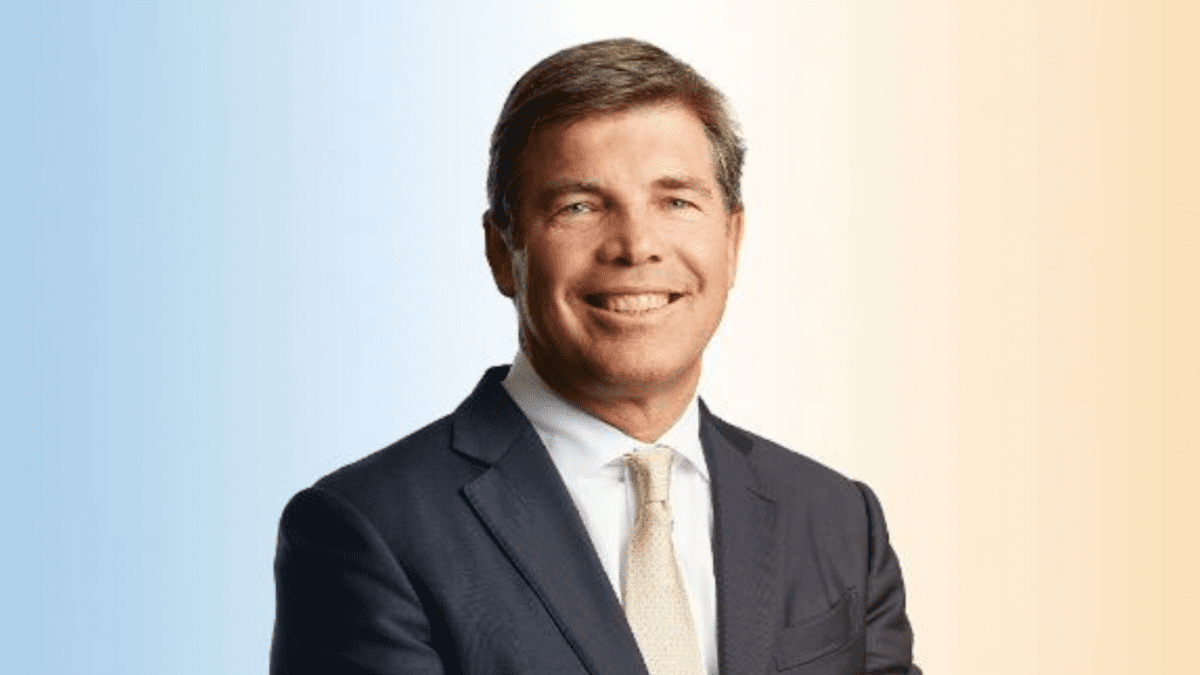Bonds surge back to relevance after nightmare 2022
After a double whammy of rapid inflation and rising rates made last year the worst for Australian bonds since 1973, fixed income is poised for a salubrious reset in 2023, as surging yields support a return of the asset class’s traditional defensive role in portfolios.
Both bonds and stocks had a terrible 2022, and notably the negative correlation that has typically existed between the two in recent decades disappeared, meaning investors lacked a safe haven for income generation as the economy stumbled. While positive correlation continues to complicate the credit-equity dynamic, other aspects of 2023’s unique economic landscape should serve as tailwinds for bonds to resume a relevancy they have lacked in recent years.
“The asset class is again generating attractive income whilst also offering capital uplift potential, likely if growth and inflation slow faster than expected and yields retrace lower,” said Anthony Kirkham (pictured), Western Asset Management’s head of investment management and Australian operations and portfolio manager for the Western Asset Australian Bond Fund. “In that environment, risk assets would likely be further challenged, and bonds would perform well, offering negative correlation benefits.”
Interest rates are critical to the outlook for bonds, and the seemingly gloomy economic landscape held over from 2022 likely shapes up well for bond markets. Since the global financial crisis (GFC), central bank efforts to stimulate the economy through quantitative easing (QE), extended during the COVID-19 pandemic, have manipulated bond yields to artificially low levels of 1-2 per cent, making fixed income less effective as a defensive hedge against stock losses.
Today – with interest rates once again climbing above negligible levels – investors can possibly achieve yields of 5-6 per cent in investment-grade credit, or 8-9 per cent in risky credits. With investors turning extremely defensive as macroeconomic uncertainty prevails, that represents an opportunity to restore an important mix of equity and debt in portfolios, with the traditional 60-40 stock-bonds split coming back into vogue after years of credit underperforming.
“Fixed income finally offers ‘income’ after yields surged globally,” asset manager BlackRock said in its 2023 global outlook report. “This has boosted the allure of bonds after investors were starved for yield for years.”
Shane Oliver, chief economist at AMP, explained that in addition to inflation and rates moves, the war in Ukraine and fears of recession contributed to the bad 2022 performance for bonds and shares, driving losses for investors, including many superannuation funds, that aim for balanced growth. While the market anticipates another challenging year, the consensus is that improving economics will support opportunities, particularly in fixed income.
“Easing inflation pressures, central banks moving to get off the brakes, economic growth proving stronger than feared and improved valuations should make for better returns in 2023,” Oliver said in a research note. “But there are likely to be bumps on the way – particularly regarding recession risks – and this could involve a retest of 2022 lows or new lows in shares before the upswing resumes.”
No pain, no gain
Known as a defensive asset good for hedging against equity losses, bonds languished in the post-GFC low-interest-rate environment as diminishing yields made it more difficult to generate income. In 2022, as inflation began to surge and central banks began a coordinated rate-hiking campaign, government bonds slumped, causing yields to surge.
Volatility and uncertainty contributed to another ominous milestone in July 2022, when the yield curve for two-year and 10-year US Treasury bonds inverted – historically, a sign of impending recession. With shorter-term government debt now at higher rates than long-term debt, the path back to normalcy is made a little narrower.
But with the dual threats of inflation and rate hikes expected to be less impactful in 2023, the potential for fixed income in particular to offer reliable income is better than it has been in years.
“There is growing evidence and market commentary that central banks are closer to the end of the current monetary policy tightening cycles, which bodes well for fixed-income assets,” Kirkham told The Inside Investor. “Assuming more stable market conditions, bonds offer attractive risk-adjusted return prospects, as ongoing income is matched by marked-down securities approaching maturity, with maturing bonds invested at higher starting yields.”
He added: “Should macroeconomic conditions deteriorate meaningfully, fixed income’s ballast characteristics will benefit investors, with duration likely to be a positive contributor to returns. In an environment of ongoing market volatility, active managers have an opportunity to trade rates as well as generate additional alpha through sector and security selection.”
And while improving economics would float many boats, the benefits and opportunities that arise in the coming 12 months are likely to occur in specific sectors, and experts are eyeing opportunities in some areas, like investment-grade and high-yield credit, more favourably than others that have generally been reliable income sources in the past.
“In the old playbook, long-term government bonds would be part of the package as they historically have shielded portfolios from recession,” BlackRock said, adding that this economic cycle appears to buck that trend, with positive correlation playing a role.
“Central banks are unlikely to come to the rescue with rapid rate cuts in recessions they engineered to bring down inflation to policy targets.”
“If anything, policy rates may stay higher for longer than the government is expecting,” BlackRock continued. “Investors also will increasingly ask for more compensation to hold long-term government bonds – or term premium – amid high debt levels, rising supply and higher inflation.”
Kirkham agreed that the fundamentals of 2023 appear, on the whole, conducive to a resurgence in bonds, providing opportunities that have not existed in years.
“A lot of people have been underweight bonds, and for good reason – central banks have been manipulating bond yields down in their efforts to keep the economy going, so there hasn’t been a lot of value in bonds because they haven’t been priced at fair value,” he said. “With central banks unwinding QE, now is a good time to reinvest in the asset class to provide a good yield, as well as that ballast with respect to risk assets.”
With the coming year shaping up to be pivotal for the investment potential of bonds, Kirkham said investors would be better to work toward a target allocation over a matter of months, with earlier allocations viewed as a form of portfolio insurance, than attempting to buy in when conditions are perfect – with rates at their highest and inflation under control.
“Timing the market is always difficult, and investors waiting until rates peak are likely to rue a missed opportunity, with market yields pricing ahead of official rate movements.”










